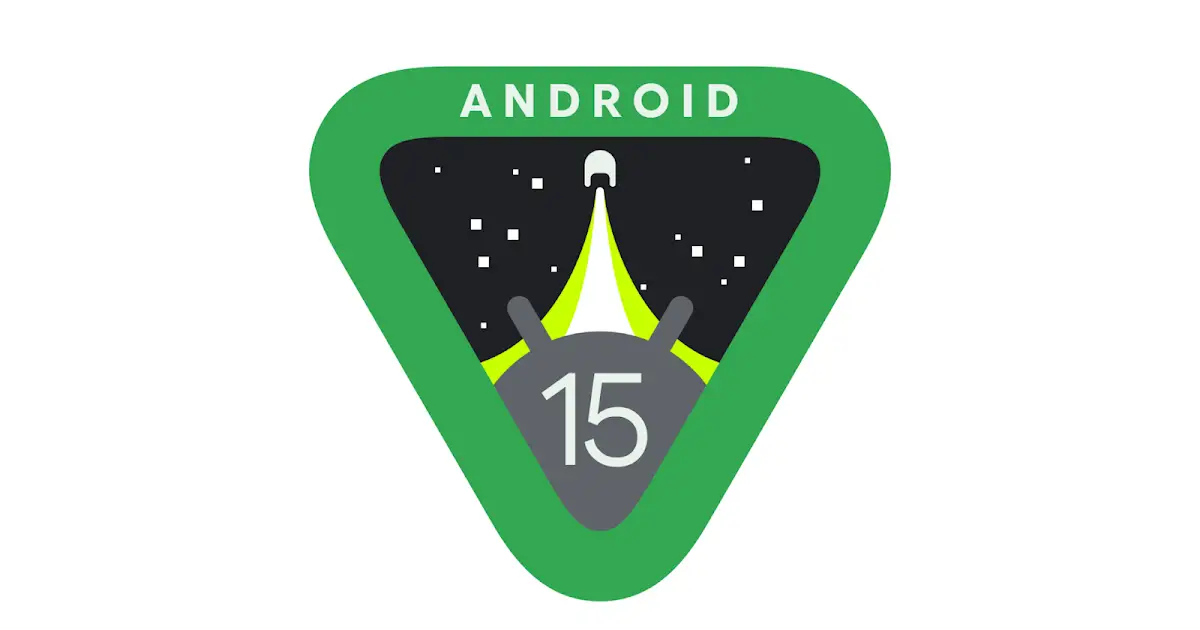
Google’s latest Android 15 Developer Preview 2 brings a groundbreaking new feature to the mobile operating system—built-in support for satellite messaging. This exciting development paves the way for more reliable connectivity in situations where traditional cell networks are unavailable.
Key Highlights
- Direct Satellite Communication: Android 15 will now include system-level features allowing compatible devices to send and receive messages via satellite networks.
- Consistent Experience: Google is designing UI elements to standardize how satellite messaging looks and feels across different devices and apps.
- Connectivity Awareness: Apps will be able to detect if your phone is connected to a satellite network, helping to manage expectations when cellular connections are unavailable.
- SMS, MMS, RCS Support: Android 15’s satellite connectivity will support standard SMS/MMS apps, and even pre-installed RCS (Rich Communication Services) for enhanced messaging.
This feature, while in beta, signifies a leap towards ensuring constant communication capabilities, regardless of cellular network availability. It mimics Apple’s introduction of a similar feature with the iPhone 14 series but expands the functionality to regular messaging. Users will need a clear view of the sky for the best connection, and the feature will automatically switch between satellite and cellular networks based on availability. However, satellite messaging will be subject to limitations such as availability in certain areas and potential delays caused by physical obstructions or weather conditions .
Why Satellite Communication Matters
Satellite messaging offers a lifeline when you’re in remote areas without cellular coverage. With Android 15, features like emergency alerts, basic two-way communication, and even location sharing could function in areas previously lacking a reliable signal. While still in development, this could prove invaluable for hikers, campers, sailors, and those in areas prone to natural disasters.
Beyond the Basics
Android’s built-in satellite connectivity features lay the groundwork for a range of innovations. Imagine apps designed specifically for satellite connections, allowing navigation tools that work far off the beaten path or enhanced search and rescue systems.
The Developer Angle
Developer Preview 2 is aimed squarely at helping developers prepare their apps to take advantage of satellite connectivity. With the right optimizations, Android apps could function seamlessly whether the device is connected to a cellular tower or a satellite in orbit.
What’s Next
Android 15’s satellite communication support is in its early stages, but it represents a massive step forward for mobile connectivity. The upcoming public beta in April will likely give more insight into how it’ll feel for everyday users. Naturally, this feature also depends upon compatible hardware, with device manufacturers needing to incorporate the necessary components. Expect to see more satellite-enabled devices announced in the future.


















